Canna Lily: Complete Plant Care And Growing Guide
Proper watering, the right temperature and neutral soil helps a canna lily thrive. Learn all about good canna care.
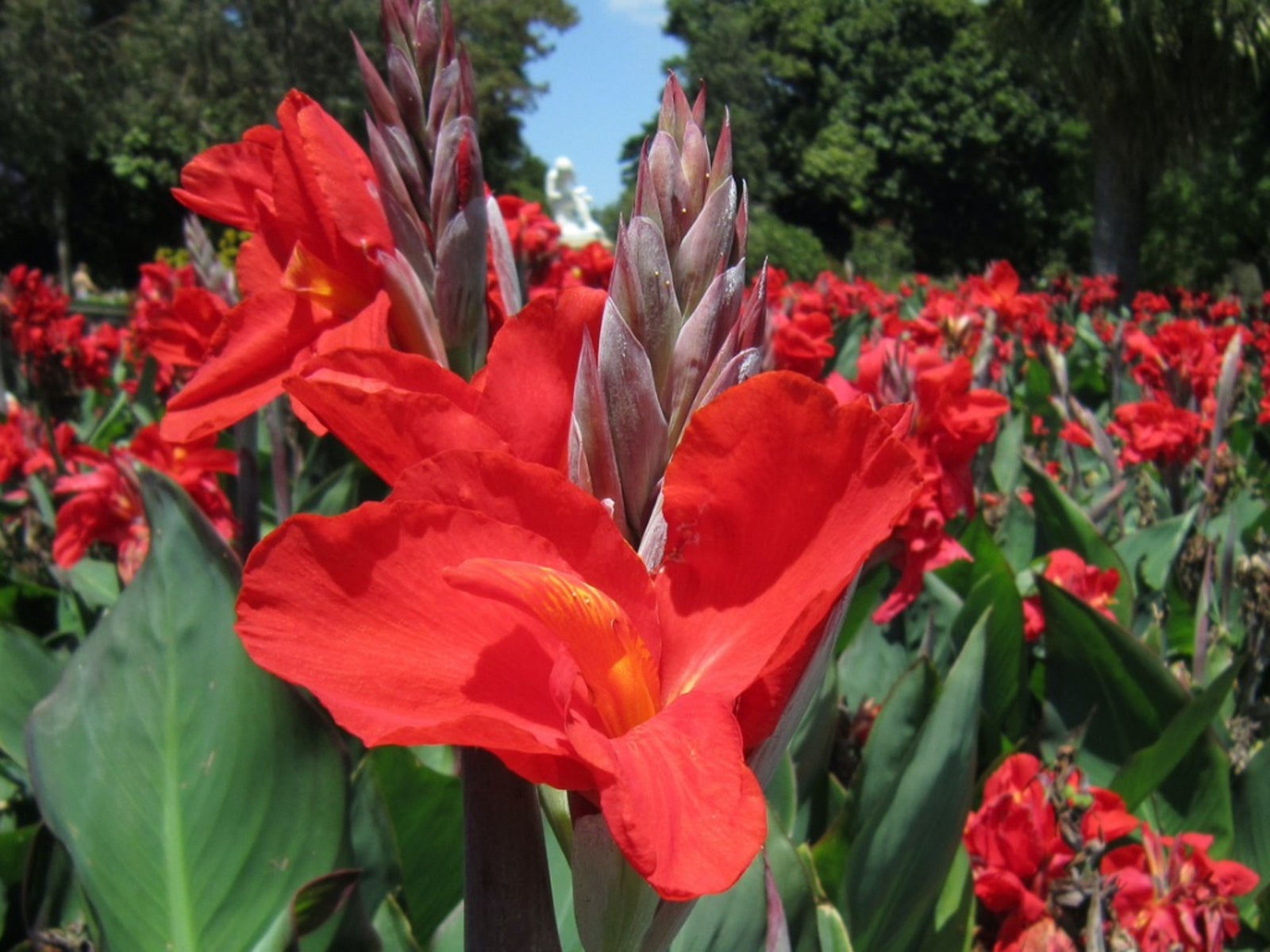
Grow And Care For Canna Lilies In The Garden
Quick Facts:
Botanical name – Canna
Height – 2-8 feet (.6 - 2.4 m)
Spread – 2-6 feet (.6 - 1.8m)
Sun exposure – Full Sun
Soil requirements – Neutral, Well-Draining
Hardiness zones – USDA Zones 7-10
Gardening tips, videos, info and more delivered right to your inbox!
Sign up for the Gardening Know How newsletter today and receive a free copy of our e-book "How to Grow Delicious Tomatoes".
When to plant – Spring, Early Summer
The canna lily plant is a rhizomatous perennial with tropical-like foliage and beautiful large flowers that may be red, orange, or yellow. Depending on the variety, the canna’s foliage color varies from green to maroon, bronze, and variegated types.
Canna lilies are low maintenance and easy to grow, and both their flowers and foliage offer long-lasting color in the garden. Let's look at how to plant canna lilies and tips for growing cannas.
The canna lily plant is a rhizomatous perennial with tropical-like foliage and beautiful large flowers that may be red, orange, or yellow. Depending on the variety, the canna’s foliage color varies from green to maroon, bronze, and variegated types.
Canna lilies are low maintenance and easy to grow, and both their flowers and foliage offer long-lasting color in the garden. Let's look at how to plant canna lilies and tips for growing cannas.
Canna Lily Care
Light
Canna lily care begins by making sure that new plants will receive ample light. Each canna should receive at least 6-8 hours of direct sun per day. Though the plants can withstand intense amounts of light, those grown in especially warm regions may benefit from brief periods of shade throughout the hottest parts of the afternoon. Too much shade may cause plants to become extra tall or even inhibit the production of flowers.
Water
Consistent moisture also plays a major role in canna plant care. Drip irrigation or soaker hoses work best throughout the growing season. To keep canna lily plants looking their best, we suggest deeply watering their beds at least once per week.
Temperature & Humidity
Canna lily plants are an excellent choice for growers with warm summer climates. The plants thrive throughout extended periods of heat and can tolerate humidity well. Beyond their hardiness range, cannas will behave as an annual, provided their requirement for warmth has been met.
Soil
When planting canna bulbs you should consider their soil carefully to be certain it’s well-amended, with excellent drainage. Drainage is key to avoid having soil that’s excessively wet or waterlogged. Though canna lilies will grow best in beds that are neutral, they’re considered to be highly adaptable and are able to thrive in a wide range of soil compositions.
Fertilizer
Annual applications of a well-balanced, slow-release feed will help keep canna lily plants looking healthy and happy. This can be done in early spring, as the plants resume growth for the season. Liquid fertilizer may also be used throughout summer, but you should stop fertilizing when the plant begins to produce its first buds.
Problems, Pests & Diseases
Canna lilies may be affected by several garden diseases. Aster yellows, bacterial blight, leaf spot, and rust are among the most common. Throughout the season, growers should monitor these plants for signs of infection and take appropriate action as problems arise. Frequent pests to canna lilies include slugs, snails, and Japanese beetles.
How & When to Plant Canna Bulbs
Since they are grown from rhizomes, new canna lilies will not tolerate cold soil. Before planting cannas, wait until the soil has warmed sufficiently, to at least 65 F (18 C). In most regions, this will occur sometime in late spring to early summer. Each rhizome should be planted with its growth eye facing up, approximately 2 in. (5 cm) below the soil. New plantings should then be watered well and allowed to sit until growth begins to emerge.
How to Grow Canna Lily from Seed
Canna lilies can also be grown from seed, though results may vary. Many hybrid and open-pollinated types will produce plants that are similar to their parent. However, gardeners often report low germination rates or the need for special seed treatment before planting. Canna lilies grown from seed will require some patience, as it may take several seasons for new plants to become established.
How to Deadhead a Canna Lily
Canna lily plants benefit from removing their spent blooms, or “deadheading.” This helps to maintain a neat appearance within beds and prevents seed pods from forming. Routine deadheading may also extend the bloom period of each plant, aiding in the production of new flower buds.
Propagation
Propagation through division is helpful if you want to increase the numbers of plants in your garden. This can be done any time the plant is dormant, but most prefer to divide their cannas in fall. To do so, carefully dig around each plant. After lifting the rhizome from the soil, cut it into several smaller segments, making certain each new piece has viable growing eyes.
Growing Canna Lilies in Containers - Repotting
After division, new rhizomes can be planted directly into the garden or placed into containers. Each pot should be approximately twice the height and twice the width of the rhizome, and filled with a high-quality potting mix. Each new planting should then be watered well and placed in a warm, bright location.
Canna Lily Winter Care
Preparation for winter is an essential aspect of canna lily maintenance. When they’re planted within their hardiness range they can remain in the garden, provided you have good drainage within the beds. Cannas in cooler zones need to be lifted from the soil and stored indoors for the duration of winter. To begin this process, you will need to cut the plant back to the ground after the first frost of the season. The rhizomes can then be lifted and placed in peat or vermiculite. Cool storage temperatures should not fall below 40 F (4 C).
Canna Lily Varieties
Here’s a short list of some favorite varieties of canna lilies:
Apricot Dream Canna Lily
City of Portland Canna Lily
Crimson Beauty Canna Lily
Los Angeles Canna Lily
Tropicana Series Canna Lily
Frequently Asked Questions
Do Canna Lilies Spread?
Canna lily rhizomes are known for their tendency to multiply quickly. As more are produced each season, plantings become larger and larger. This may cause a decrease in flowering over time, as older rhizomes are choked out by new growth. To keep your plants looking their best, we suggest dividing canna lilies every 3-5 years.
Will Canna Lilies Bloom More Than Once?
Canna lilies are valued for their ability to bloom throughout the entire summer. Regular deadheading helps increase flower production and prevents the plants from going to seed. It’s best to deadhead the blooms as soon as each flower has faded.

Nikki Tilley has been gardening for nearly three decades. The former Senior Editor and Archivist of Gardening Know How, Nikki has also authored six gardening books.
-
 Zinnias On Repeat: 10 Glorious Cut-And-Come-Again Varieties For Endless Summer Bouquets
Zinnias On Repeat: 10 Glorious Cut-And-Come-Again Varieties For Endless Summer BouquetsThese zinnia varieties keep giving all summer, making them the perfect choice for dedicated cutting gardens – or just the occasional homegrown bouquet.
By Ellen Wells
-
 Create A Romantic Garden Straight Out Of Bridgerton: Regency Era Romance In Your Garden
Create A Romantic Garden Straight Out Of Bridgerton: Regency Era Romance In Your GardenTry some romantic garden ideas straight out of Bridgerton. Flowers and gardens in the Regency era were lush and charming and you can get the same look!
By Bonnie L. Grant
-
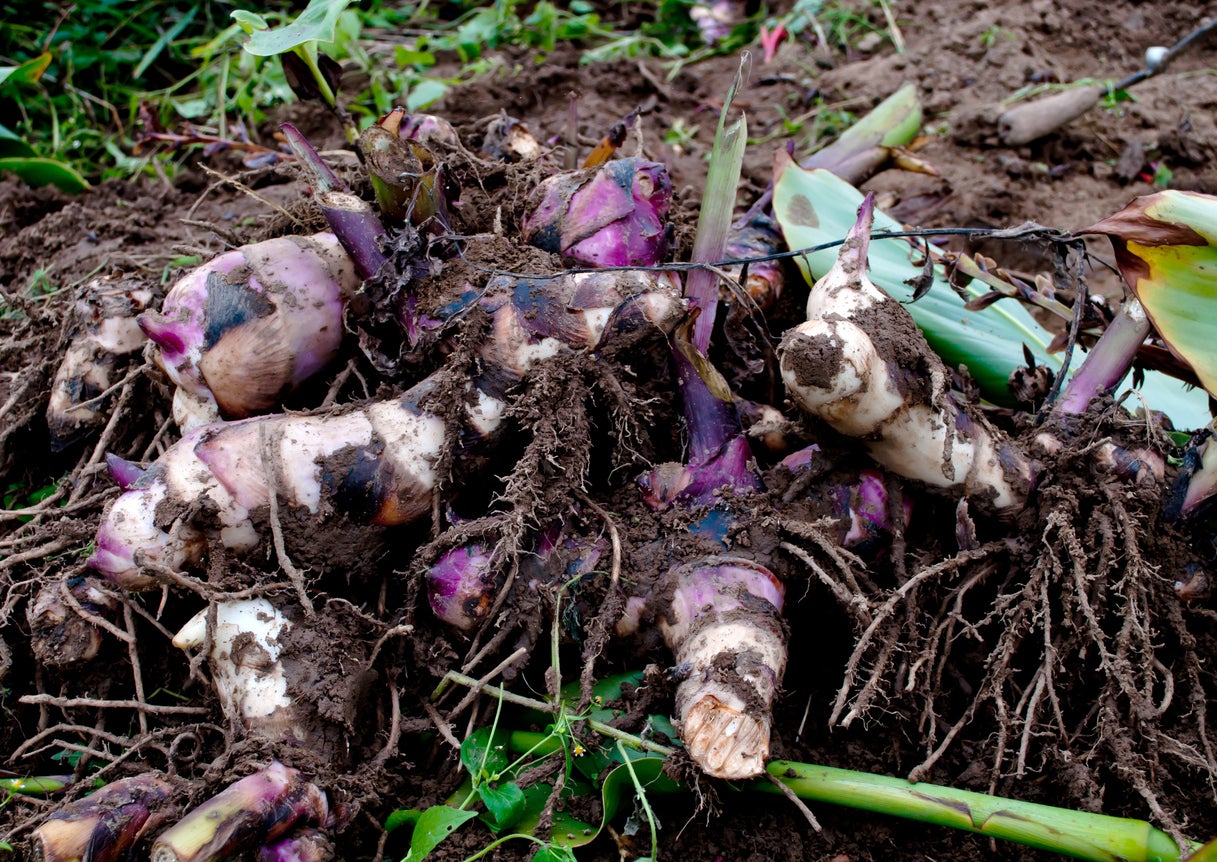 Canna Lily Rot: What Causes Rotting Canna Rhizomes
Canna Lily Rot: What Causes Rotting Canna RhizomesCanna flowers grow as a beautiful, long-lasting summer to fall display in the flower bed. In northern areas, they need to be dug and stored over winter for rhizomes to remain alive. But what happens when canna rhizomes are rotting? Learn about canna lily rot here.
By Becca Badgett
-
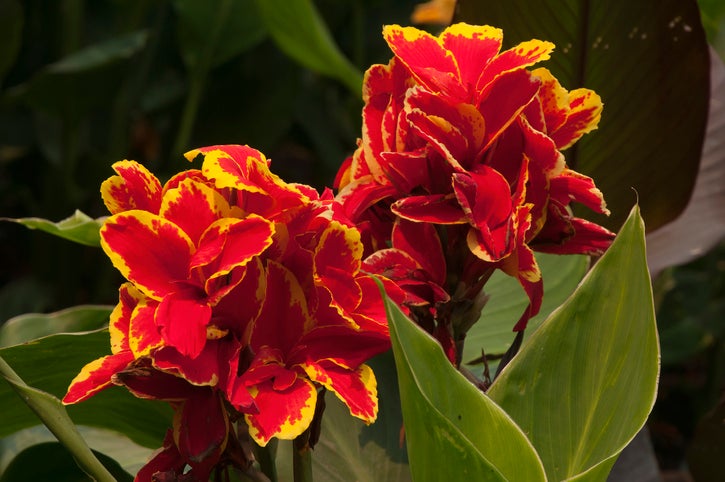 Why Won’t My Cannas Bloom – What To Do When Your Canna Will Not Flower
Why Won’t My Cannas Bloom – What To Do When Your Canna Will Not FlowerWhether grown permanently in the ground or dug up and replanted each season, age and other factors can reduce the vigor of canna blooms. If you are experiencing no flowers on a canna plant, this article is for you. Click here for more information.
By Darcy Larum
-
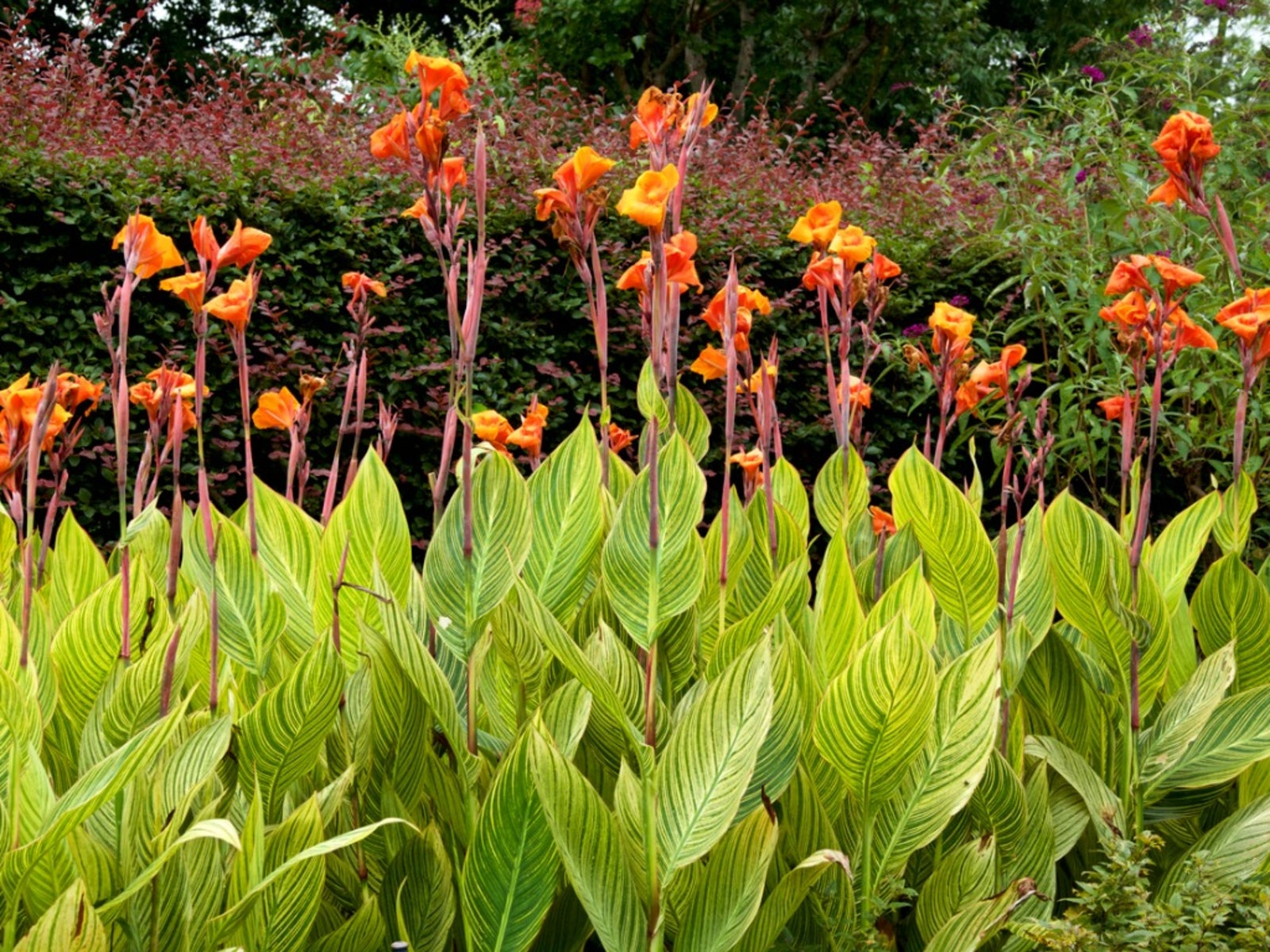 What Is Canna Rust: Learn How To Treat Rust On Canna Leaves
What Is Canna Rust: Learn How To Treat Rust On Canna LeavesAs showy as they are, canna plants are susceptible to a variety of issues, one of which is rust on canna leaves. What is canna rust? Click here for information on canna rust, including canna rust symptoms and tips for treating cannas with rust.
By Amy Grant
-
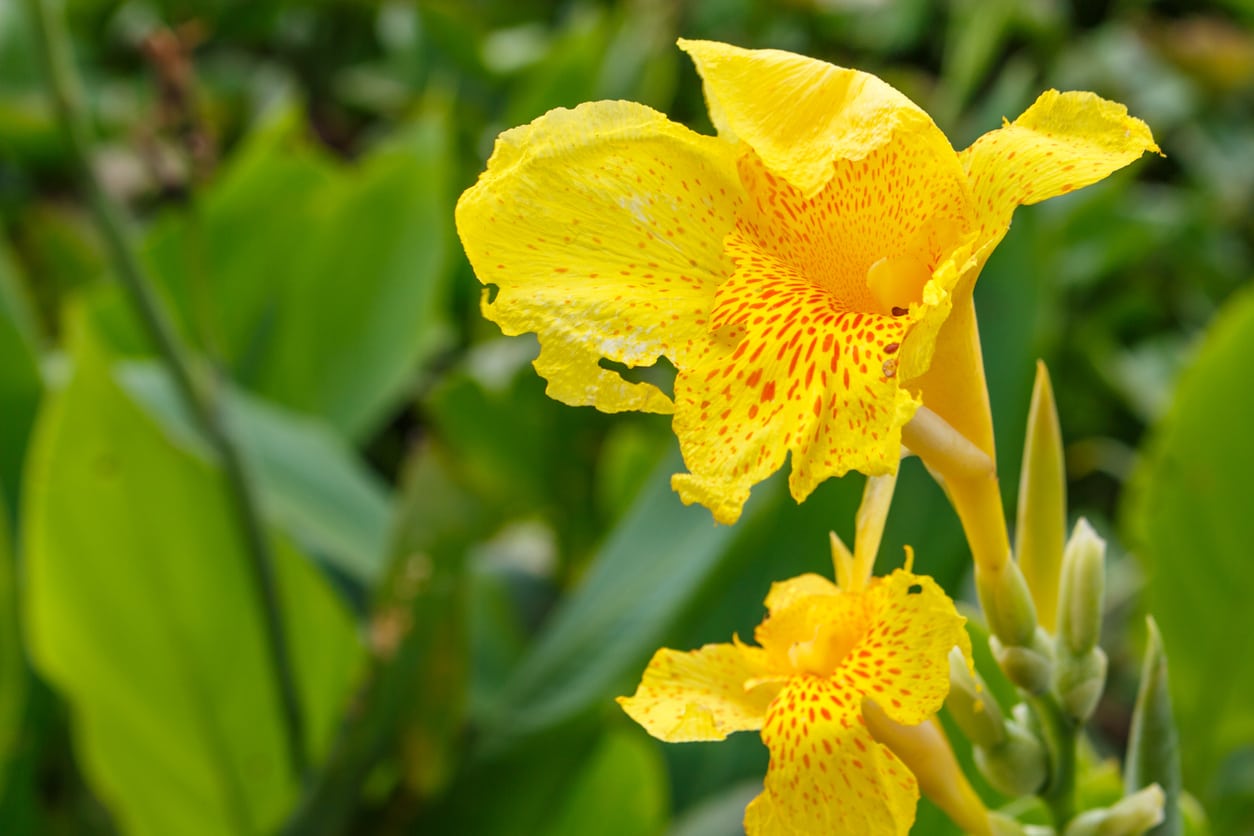 Canna Lily Fertilization – Tips For Feeding A Canna Lily Plant
Canna Lily Fertilization – Tips For Feeding A Canna Lily PlantFertilizing canna lilies will ensure these stunners in your garden or your indoor containers will thrive and produce the most beautiful flowers and foliage. These plants love nutrients, so don?t skip this step in growing canna lilies. Learn more in this article.
By Mary Ellen Ellis
-
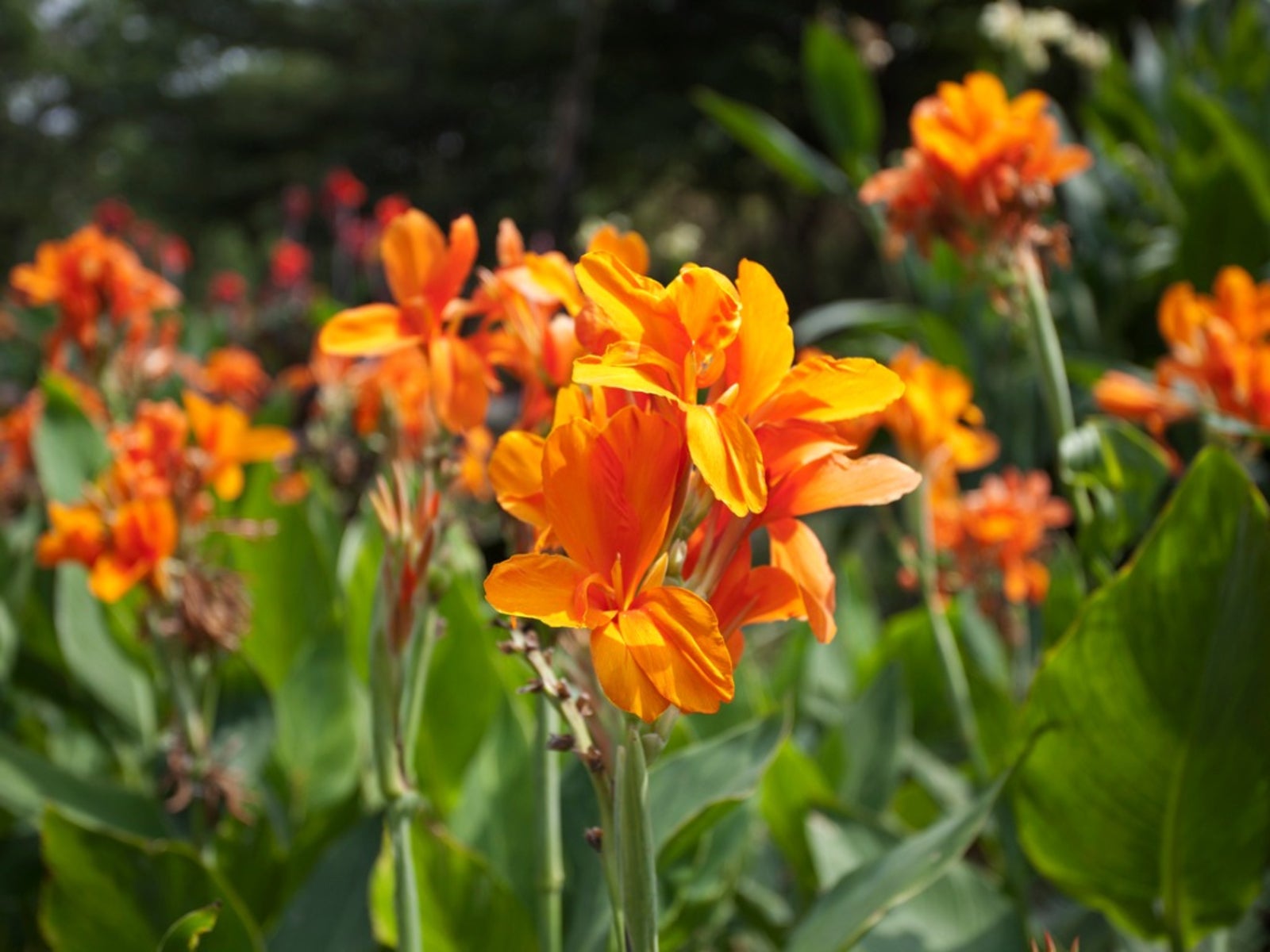 Canna Mosaic Virus: Dealing With Mosaic On Canna Plants
Canna Mosaic Virus: Dealing With Mosaic On Canna PlantsCannas are beautiful, showy flowering plants. Because they're such all-around winners in the garden, it can be especially devastating to discover your cannas are infected with disease. Learn more about recognizing mosaic virus in cannas and what to do in this article.
By Liz Baessler
-
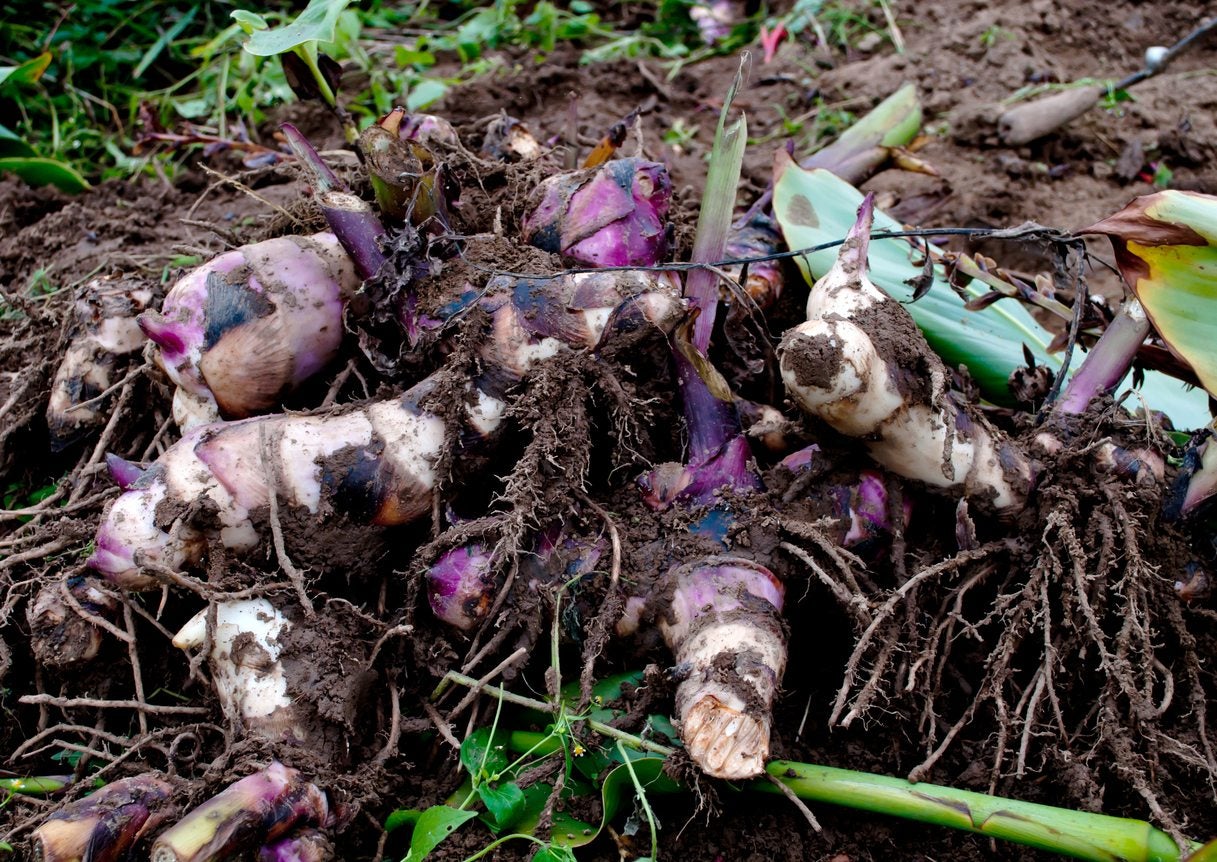 Can I Transplant Cannas: – Learn When To Transplant Canna Lilies
Can I Transplant Cannas: – Learn When To Transplant Canna LiliesIn cool climates, canna bulbs are planted each spring, then dug up in fall, divided and stored away over winter. Even in warmer climates, cannas will need to be dug up and divided every 4-5 years. Learn about dividing and transplanting cannas in this article.
By Darcy Larum
-
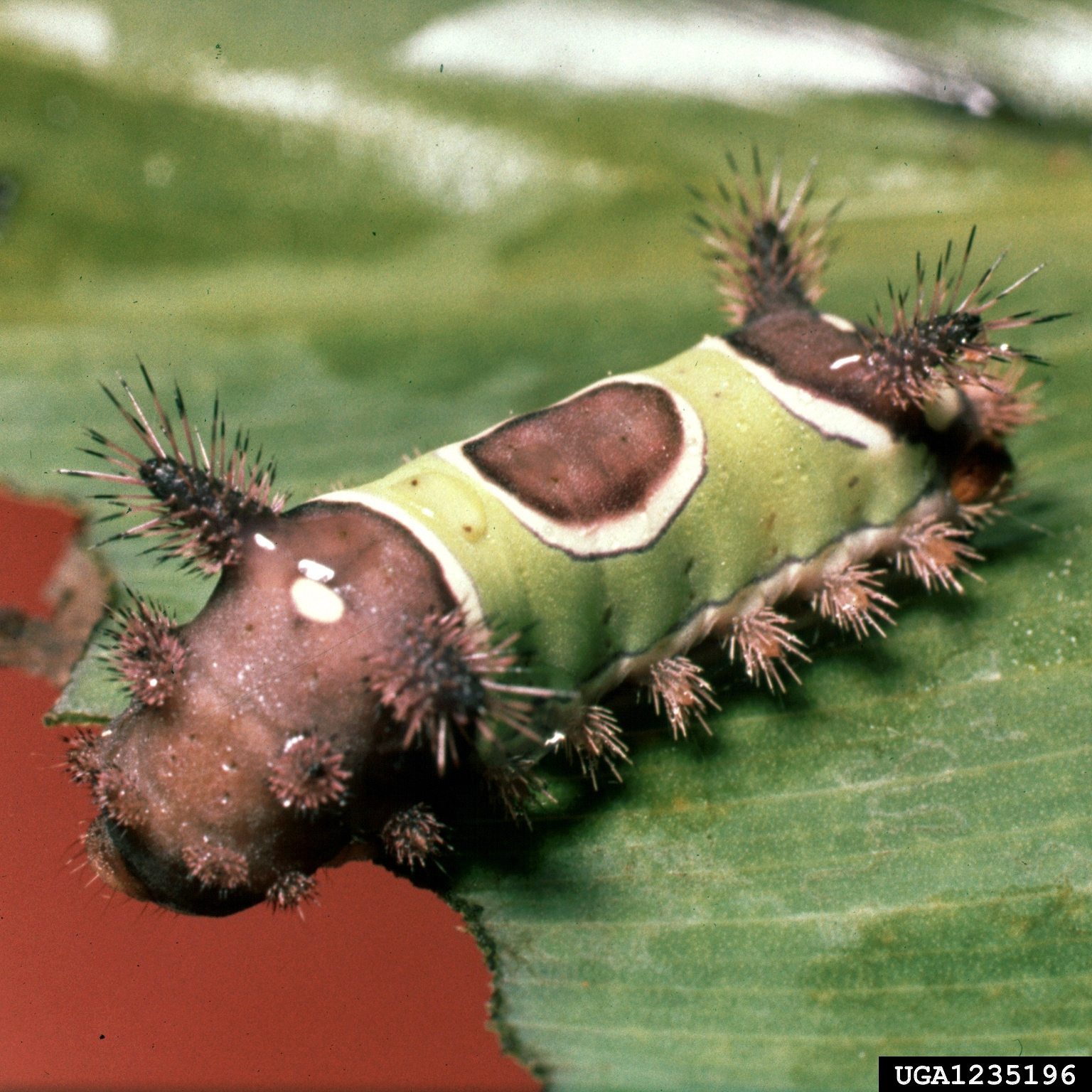 Common Pests Of Canna Lilies – Tips On Managing Canna Lily Pests
Common Pests Of Canna Lilies – Tips On Managing Canna Lily PestsCanna lily pests are rare, but their broad sword-like leaves are awfully attractive to a variety of leaf munchers. Click this article for some ideas on insects that attack Canna lily plants and how to recognize and defeat them.
By Bonnie L. Grant
-
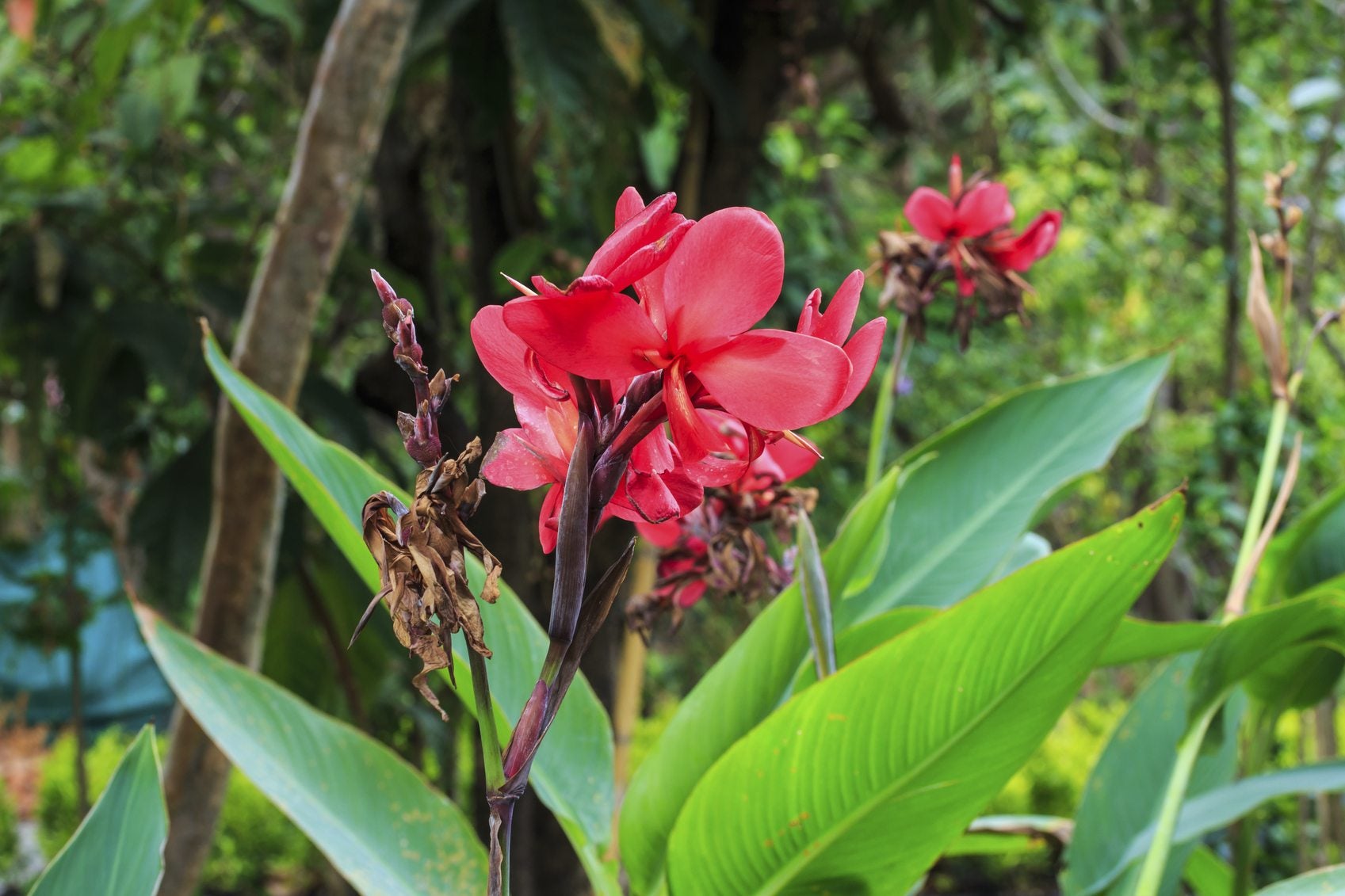 Canna Lily Deadheading: Tips For Deadheading Canna Lily Plants
Canna Lily Deadheading: Tips For Deadheading Canna Lily PlantsWhere other flowers shrivel and wilt, canna lilies thrive in the heat. But how do you ensure that you get the most out of your canna lilies with flowers all summer long? Click this article to learn more about how to deadhead a canna lily.
By Liz Baessler
